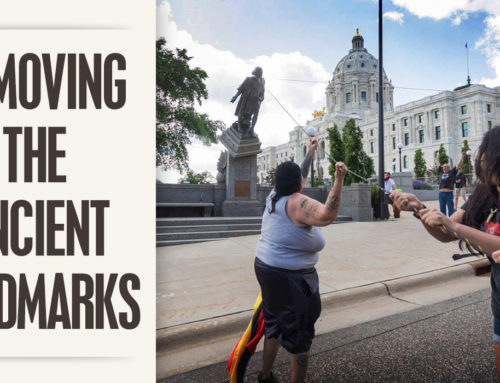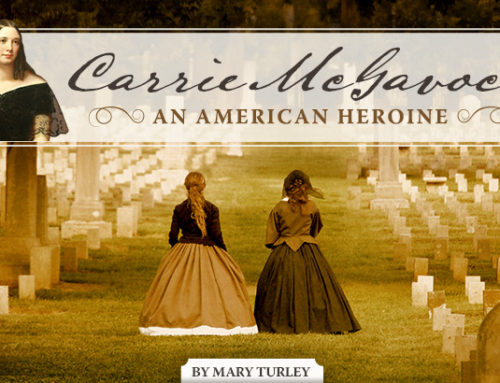
Remembering the Titanic
“Greater love hath no man than this, that a man lay down his life for his friends.” —John 15:13
![]() ne hundred nine years ago tonight, RMS Titanic struck an iceberg and, in less than three short hours before she sank, her enduring legacy of heroism and hubris was cemented in history.
ne hundred nine years ago tonight, RMS Titanic struck an iceberg and, in less than three short hours before she sank, her enduring legacy of heroism and hubris was cemented in history.
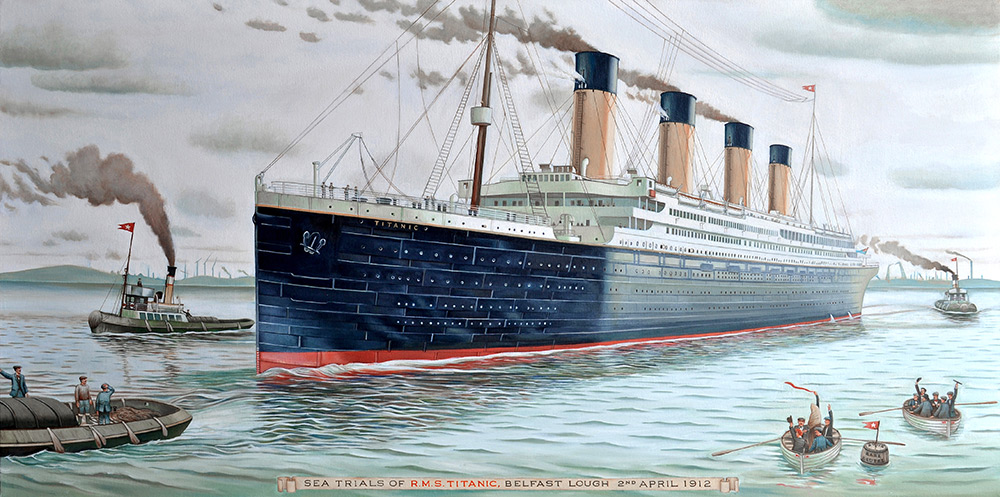
Far into the early hours of April 15, wireless operators were misinformed regarding the severity of damage, and reports were that Titanic was still afloat and being assisted by multiple sister ships. This was not the case.
It was soon learned that only one ship had both received Titanic’s SOS and chosen to act. Only the Carpathia, captained by the heroic Arthur Rostron, chose to risk even his own passengers by blazing back through the ice to rescue desperate survivors.
What Rostron found in tallying the survivors was that 1,500 souls, including the captain, had gone down into the frigid Atlantic. The sinking of the ship RMS Titanic remains the deadliest in times of peace.
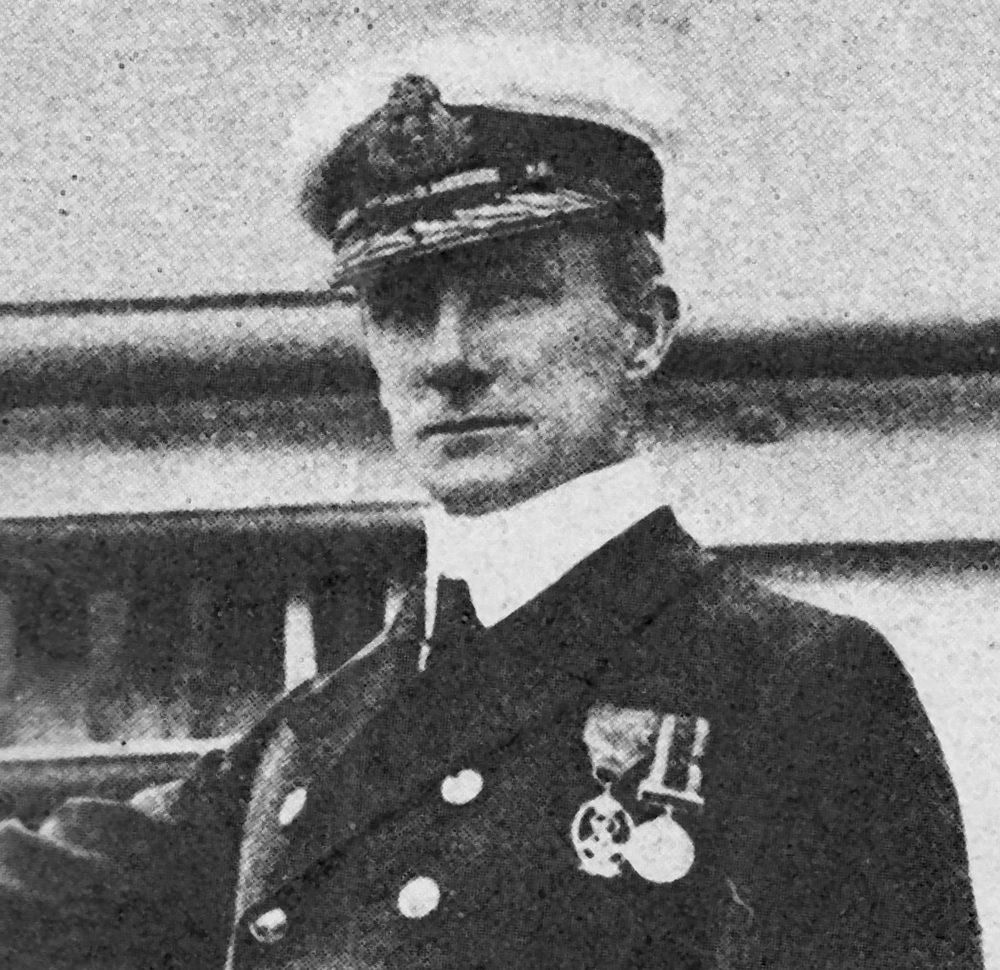
Sir Arthur Henry Rostron (1869-1940) captain of the RMS Carpathia

Edward J. Smith (1850-1912), captain of the RMS Titanic
In a century dawning with suffragettes, booming industrialism, communism and looming world war—all of which had new ideas regarding chivalry’s place in the world—the age-old practice of women and children first would, once again, have its role in Providence.
For many months, the eyes of the world were glued to an unfolding narrative of contrasts: one warring with human nature for the Christian ethic of sacrifice, the other compromising with the hellish doctrine of self-preservation.
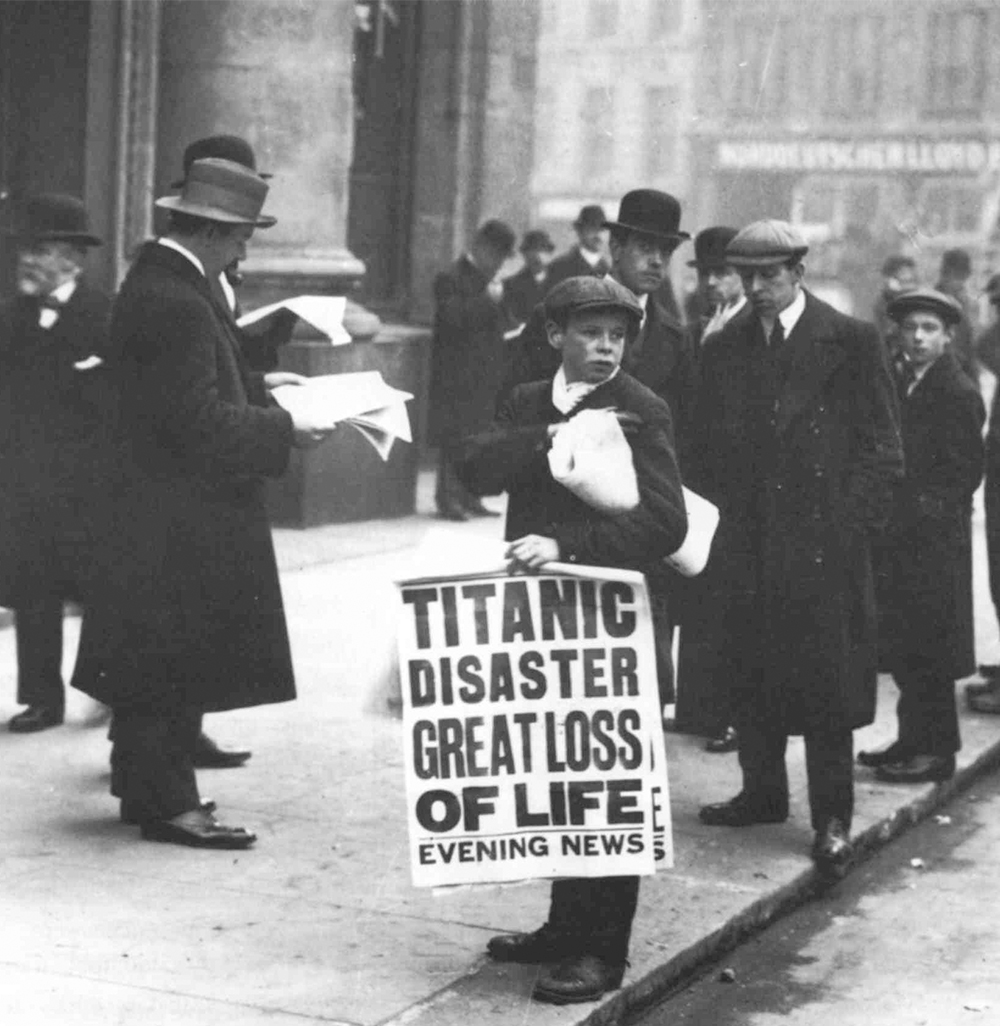
April 16, 1912—Paperboy Ned Parfett stands outside the White Star Line offices in London
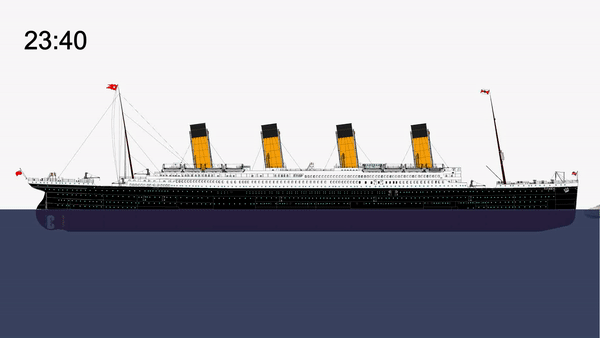
The Titanic sank in under three hours
Caught in unimaginable tragedy, men of the Titanic, and even some women, chose to lay down their lives for the weak. In the end, duty and gallantry, even at appalling cost, remained the victor that night.
The implication of that still grips us today.


